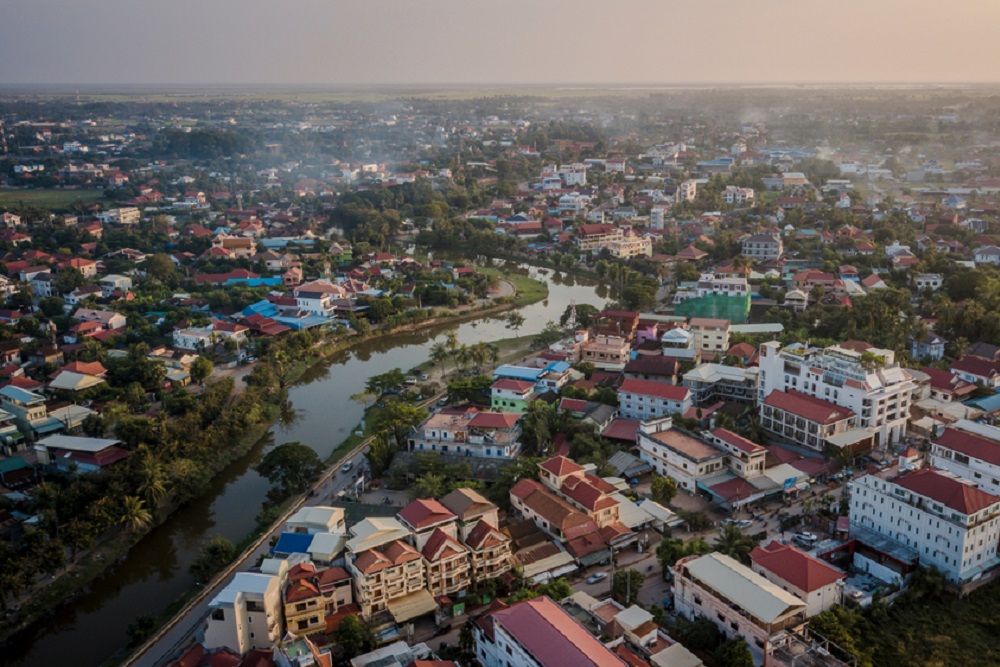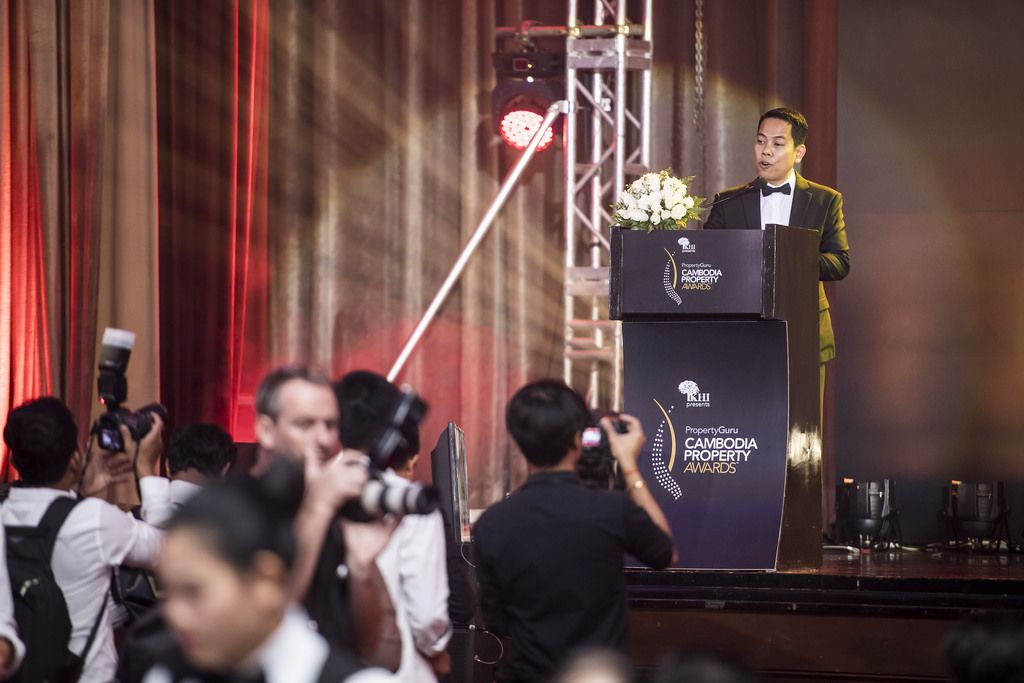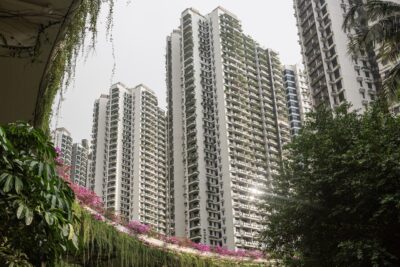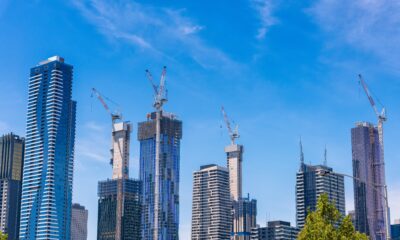Sea to summit: where can foreign investors invest in Cambodia?

Wedged between the South China Sea and the economic dynamos of Thailand and Vietnam, Cambodia is jockeying to become a major player among emerging Asian markets. Like Laos to its north, the kingdom has in recent years trebled an influx of property investments from China’s globe-trekking Belt and Road initiative, lured by its open foreign investment laws and laidback regulatory environment for gaming. Tourism has been upbeat as well, with visitors fanning out from the world-famous temple complexes of Siem Reap to the kingdom’s relatively unspoiled islands.
While its capital city still dominates the residential real estate market, it is no longer the be-all and end-all choice when investing in Cambodia. “I believe that Phnom Penh is the first option if any international developer plans for a large-scale investment,” said Sorn Seap, CEO of real estate agency Key Real Estate Co Ltd. “Then the second option I refer to Sihanoukville. It is the second largest development destination after Phnom Penh.”
Sorn Seap, who leads the independent panel of judges of the PropertyGuru Cambodia Property Awards, added, “New markets, including Poipet, Bavet, and Sihanoukville, are showing potential for condo development to sell to foreign buyers.”
The rapid transformation of Sihanoukville over the last two years is pegged on its cachet as Cambodia’s only deep-water port, making it a crucial cog in China’s Belt and Road map. As a mark of confidence in Sihanoukville, Beijing has bankrolled the construction of a 190-kilometre expressway connecting the Chinese city to Phnom Penh. The project will begin development in the first quarter of 2019.
“Today, there are many ongoing medium- and high-end projects in this new boomtown. It will soon transform into a modern coastal city,” Sorn Seap said.
A jump-off point for the islands of Koh Rong and Koh Rong Samloem, Sihanoukville recorded more than 1.3 million tourist arrivals in the first half of 2018, a 10-percent leap from the previous year. Of the 290,782 foreign arrivals, around 84,664 were Chinese: a nearly 44 percent year-on-year increase.
“Due to a huge number of arrivals, tourism has helped develop the real estate sector in Siem Reap and Sihanoukville. Many new constructions are being built, and land prices and rental rates have continued to rise notably,” he noted.
Similar trajectories can be found elsewhere along the Cambodian coast. The beachside cities of Kep and Kampot are especially being “eyed on by investors” on account of their rising local and international tourist numbers, he said.
All in all, an estimated 4.8 million foreign tourists visited Cambodia during the first 10 months of 2018 — 1.6 million of whom were Chinese.
“Tourism growth in the cities has already stimulated many investors to build variety of properties to satisfy the demand of visitor arrivals every day,” Sorn Seap added. “The influx of tourists requires a broad range of services, ranging from food and entertainment to accommodations. Developments needed include restaurants, hotels, apartments, shopping malls, offices, casinos, and much more.”

Tourists are not only after sand and surf in Cambodia: Sihanoukville, along with the border towns of Poipet and Bavet inland, is a veritable gaming nexus –– home to 59 percent of all casinos in Cambodia, consultancy firm CBRE pointed out.
Punters have long gravitated towards Poipet and Bavet, which straddle Cambodia’s borders with Thailand and Vietnam, respectively, to escape more onerous gambling laws in those nations. The arrival of Chinese players has changed the game, however.
Fuelled by Chinese purchases, real estate prices in Poipet and Bavet have soared by 20 to 30 percent from early last year, according to development firm Lucky Realty Co Ltd. As important transit points for goods and transportation between three countries, each area has truly shown “unique potential for new developments,” Sorn Seap said.
The border towns have become the addresses of choice for special economic zones (SEZ). Inbound capital investment from China is driving development of these zones in Bavet and generating thousands of jobs, reported Kim Heang, president of the Cambodian Valuers and Estate Agents Association (CVEA). Land prices in Bavet’s commercial sites or those adjacent to National Road 1 have risen to USD200 to USD300 per square metre.
Ecozones echo the country’s remarkably open foreign investment regime, a fact that has long “encouraged investors to come,” according to the Cambodia Property Awards chairperson. The 1994 Law on Investment allows 100-percent foreign ownership of companies and investment projects in most sectors. The government is already seeking to revise the law, last amended in 2003, to create a more favourable investment climate.
Although foreigners are constitutionally forbidden to own land, they can still acquire plots through a locally incorporated company. The 2001 Land Law also permits long- or short-term leases to foreigners. Non-citizens can freely buy residential units in co-owned or multi-storey buildings from the second floor up.
“I am optimistic about demand from abroad. They will continue to buy condos in Cambodia if we still have a stable political situation and economic growth,” said Sorn Seap.
At this junction he stressed the importance of gaining industry recognition for projects. “Developers themselves need to promote their projects through an international marketing campaign, such as the Cambodia Property Awards, in order to make their name known at the international level,” he said.
“I believe that Cambodia Property Awards will help attract more buyers and investor from the region and the rest of the world.”
Learn more about the 4th Annual PropertyGuru Cambodia Property Awards here: http://www.asiapropertyawards.com/
Recommended
Meet the vagabond architect behind India’s housing scene
Vinu Daniel is helping to shake up India’s home building setting
Where Asian real estate stands in a fragmented, warmer world
Asia’s real estate industry faces many and varied challenges as external factors continue to bite
6 sights to see in Singapore’s Marine Parade
Handily located Marine Parade has emerged as a vibrant investment choice in the Lion City
There’s a township dedicated to health and wellness in Malaysia
Property seekers have their health needs catered for at KL Wellness City








